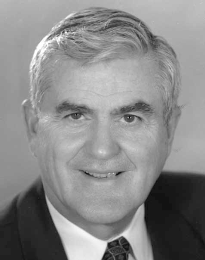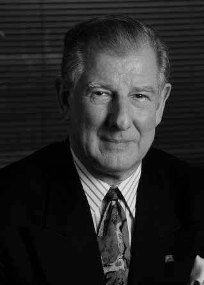The Toronto Star, has the largest circulation in Canada. The paper has an enormous impact on federal and Ontario politics as well as shaping public opinion.
In hearings that began this week on the proposed Northern Gateway pipeline to carry tar-sands oil from Athabasca to the B.C. coast, we have a rare opportunity to insist on the world’s most carefully planned energy megaprojects ever.
In an ideal world, we would embrace conservation and greatly accelerated development of alternative sources of energy to make unnecessary the construction of Gateway and the even longer Keystone XL pipeline to take Athabasca crude the entire length of the U.S. to refineries on the Texas coast.
But that won’t happen, not for decades if ever. Canadians and Americans will ultimately consent to these two projects with their combined 4,000 km of three-foot-diameter pipe at a total estimated cost of $13.6 billion. Energy security will trump the many risks.




























